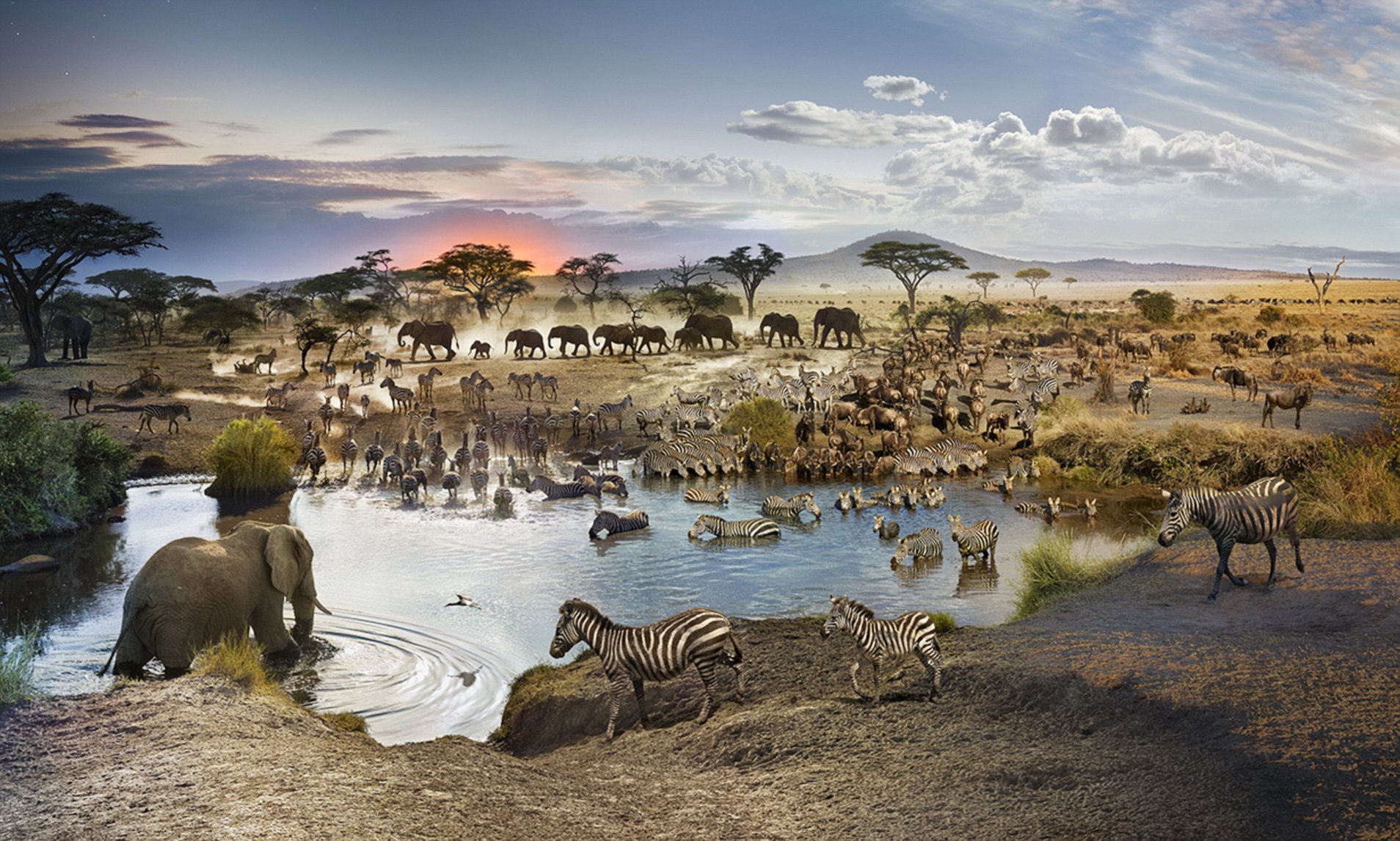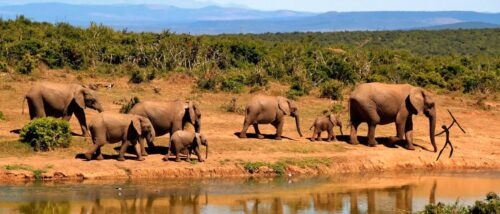To live you need three things: air, water, food. Without this triad essential for biological existence you will die surprisingly fast. Simplifying the matter for the purposes of this text and your brain’s love for statistical counting: without air you will survive three minutes, without water three days, without food three months.
Your daily water requirement is between 30 and 45 ml per kilogram of body weight, depending on your physical activity, the temperature, humidity and movement of the surrounding air, and the type of food you eat. This ranges from two to as much as twelve liters. In high temperatures, at rest, you can lose as much as 500ml of water per hour. On average, you use about 3l of water in a day through sweating, breathing or urination alone.
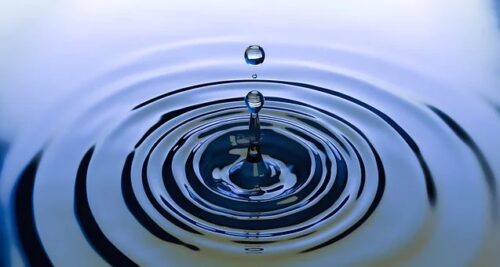
Treat any water from an unknown source as contaminated water. Only consume water that comes from reliable sources.
Unfortunately, drinking water intakes are not as certain as death and taxes. When you are looking for a source of potable water, you usually do not have a tested and reliable source of water at your disposal. You should therefore find any source, subject the water to as much filtration and purification as possible, and above all, know the basic methods of obtaining and purifying it.
Rainwater
Water comes from the sky. Great, it couldn’t be simpler. But it is the rain that purifies the air, removing huge amounts of pollutants from it. So take a few (dozen) minutes before you start collecting drinking water.
To get a few liters of water you should “catch” it from as large an area as possible. To do this use:
A tarp (e.g. a tent flysheet) – tilt the flysheet perpendicular to the rain on the leeward side, creating a slight slope and bend as a funnel; the water will flow into a container you prepare. Use the first period of “dirty” rainfall to wash the canopy.
Remember that clothes, towels, and other absorbent materials (such as sheets) exposed to rain will soak up and retain some of the water. You can wring them out later and recover the precious liquid.
Morning dew
It’s not as efficient as rain, but it’s a good, albeit labor-intensive, source of water in a waterlogging situation. The only way to get it seems to be to use an absorbent fabric (clothes, towels), then wring the water into a container.
Snow and ice
Do not melt snow or ice directly in your mouth. The body, in protecting itself from cooling, burns extra energy, consuming your body’s water supply. As a result, the balance will be negative – you will drink less water than you excrete.
Snow, like rain, washes pollutants out of the air. When it falls to the ground, some of the pollution remains on the surface. So you will find the cleanest snow under the top layer of snow.

The main problem in obtaining water from snow and ice is its melting.
The easiest way to melt ice or snow is to put it on a fire (stove, campfire) in a cauldron, pot or just a cup.
You can also place the snow or ice in a sheet (e.g. a towel) by suspending the sheet by three corners quite high over the fire (so that the high temperature does not destroy the uncooled elements) and gradually retrieve the water – place the dish under the fourth corner hanging loosely, using it as a funnel.
In case you can’t use the fire, melt the snow by placing it in a dark container exposed to the sun. You can also warm it with your own body, making sure, however, that the container is not directly next to your body.
Gypsy well
In a relatively damp area where there is no source of water or where the source is polluted, you can dig a so-called gypsy well.
Dig a hollow with a diameter of ~ 40-50 cm. and a depth of about 40-60 cm. The depth depends on the moisture content of the ground or how deep below the surface the moisture is.
Over time, the water at the bottom will begin to collect and gradually fill the hollow.
It is important that the pit is about 30 cm deeper than the level of the damp ground, and that the “well” is not less than 15 m from the contaminated tank. This will ensure as good natural filtration as possible. Pour out the water collected at the bottom of the well several times before you start using it. This will ensure that the next batch of it gets cleaner and cleaner. This method is considered one of the effective ways to purify water in extreme conditions.
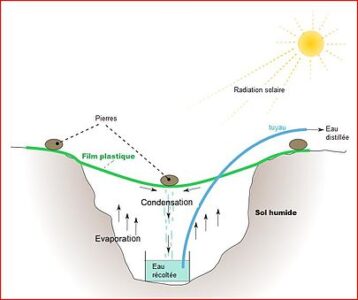
Harvesting water in this way is quite slow – it usually takes about a day.
Solar well
An interesting method of purification is to evaporate the water and condense it on an impermeable film or sheet.
Dig a large funnel-shaped hole about 1 m in diameter and 60 cm deep. Place a container at the bottom of the hole for collecting water. Cover the hole with foil and seal the edges with earth and stones. Place a small stone in the middle of the foil, directly above the container, so that the foil will be considerably dampened, creating a kind of inverted funnel, the bottom of which will be directly above the container (preferably about 30-40 cm below the ground line). Water evaporating from the ground will condense on the foil, and fall straight into the container.
Branches, bushes
Place a plastic bag over a leafy branch or bush, tying it at its base.
Water evaporating from the leaves will condense on the inside of the bag, then collect in the lowest part of the bag. It is important that the plant is not poisonous, and the bag should be airtight.
Plants
Extracting water/juice from plants requires a good knowledge of them. Without this knowledge it is very easy to get poisoned, sometimes even to get an audience with the Doom.
On the other hand, good knowledge of the plants around us will provide us not only with water, but also with food and medicine. Here are some examples.
In the forest you will obtain water by squeezing it from moss. Not only does it have the properties of a fairly efficient sponge, but it also filters and disinfects.
You can get tasty and nutritious water that contains a lot of micronutrients from birch trees.
Cut a few overhanging birch branches in half, crush the resulting ends, then push them into the water container so that they do not slide out (for example, tie them to a bottle). The juice will begin to fill the container fairly quickly (depending on the time of year, humidity, etc.).
You can also drill a hole in the trunk about half a meter above the ground. Attach bark arranged in the form of a gutter or funnel so that the sap flows into the reservoir or, for example, a plastic bag just below the notch. Tightly press against the tree and wrap a rope around the trunk. This way you will get up to about 2 liters of liquid per night.
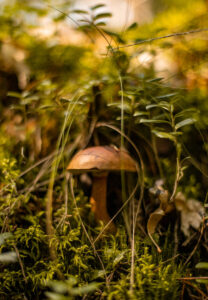
Collecting them is time-consuming but rewarding. Besides the water itself, they also provide valuable nutritional value. Watch out, however, for poisonous fruits and mushrooms (e.g. wolfberries, toadstools), sometimes deceptively similar to those edible, and remember about the parasites that animals spread and leave on plants. (e.g. foxes – echinococcus)
Animals
All animals need water to live. If you listen and look carefully at the nature around you, you will find water. The sounds of frogs, ducks, tracks and paths of animals (they usually go to/from a watering hole), the presence of insects, mosquitoes, wild beehives or bees indicate water nearby.
Water reservoirs
Sources
Water naturally flows downhill by gravity. A river/stream generally flows in valleys. As you walk up the stream you will hit its tributaries and in time a spring. This is usually located at the base of a mountain.
Temporary springs and streams form during rainy periods and may dry up over time (until the next rain), but you can usually find water in the remaining depressions.
Streams, rivers, and ponds
The further away from the source, the dirtier the water. The drinking water obtained requires a minimum of filtration and boiling each time.
Water filtration
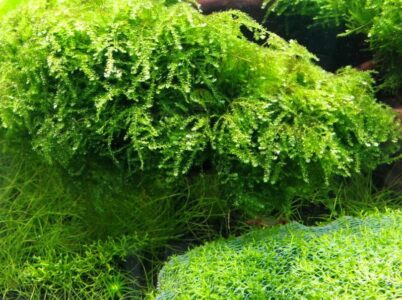
Evaporation. This process purifies water so perfectly (solar well) that it can be considered distilled, and therefore deprived of microelements necessary for life. In the long run, it adversely affects your health. Remember that you need mineral salts, especially sodium (5 to 30 g/day).
Disinfecting the water
The best easily accessible way of disinfecting is chlorine, e.g. in tablets. This is why it is a good idea to carry it with you.
If you do not have chlorine on hand, use activated carbon. Again, ready-made tablets are the most convenient option, but if you don’t have any, nature comes to the rescue. You can get activated carbon straight from the campfire. A certain amount of it can be found on charred (black) pieces of wood. It’s worth scraping it off (even in pieces) and filtering water through it.
A good, but rarely described in the literature antiseptic is iodine contained in plants. Herbs rich in iodine include tarragon mugwort, elderberry, spinach, onions, marine algae and cyanobacteria (listicle, spirulina, kelp, hake), lichens (lungwort, lungwort), cress, cudweed, garlic.
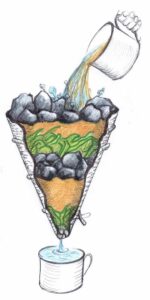
Under field conditions you can make a pretty good filter that will treat drinking water in a way that is not only effective, but also impressive.
By wrapping a piece of bark (e.g. birch bark) you will get a funnel (as shown in the picture), which you fill successively: with pebbles (so that the higher layers don’t fall out, and at the same time the water has a free outflow), then with moss (or other herb rich in iodine, or grass), sand, charcoal (active) from the fire (black), and again with moss, sand and charcoal.
Of course, as substitutes are available, you can, for example, use a bottle (with a cut bottom) instead of bark or, for example, a T-shirt instead of sand.
Water (potable) is a matter of life or death. When it comes to access to it, it is difficult to put limits on human invention.
